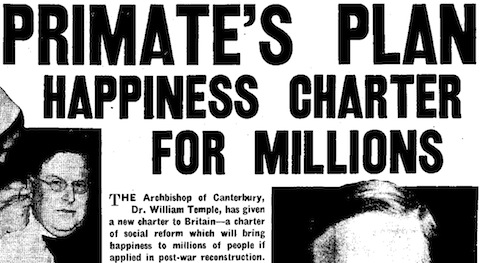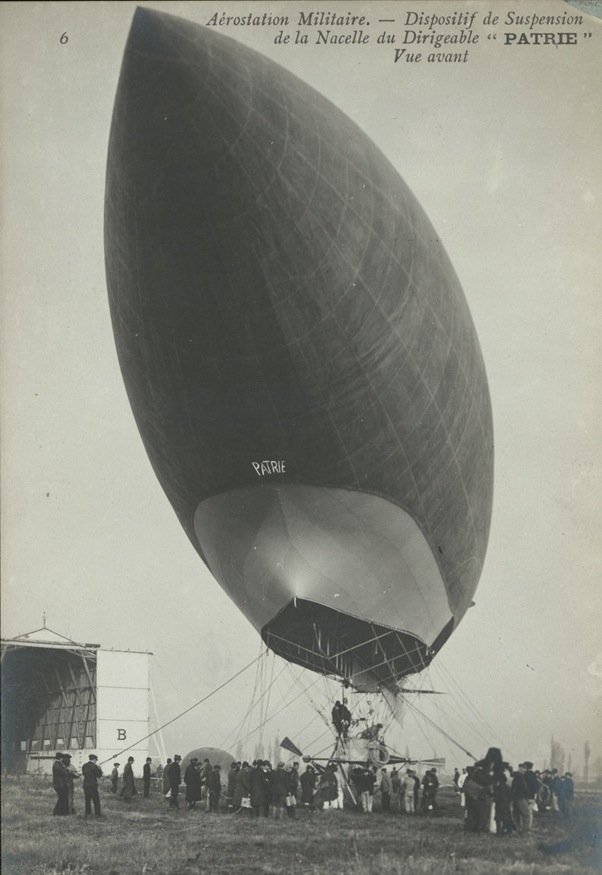The (rumoured) secret Nazi airfields of Amazonia
Over at The Appendix, ‘a new journal of narrative & experimental history’ to which you can subscribe, Felipe Fernandes Cruz has reproduced some intriguing declassified US documents from the early 1940s concerning rumours of clandestine German airfields in Brazil. The reason for the US interest in any evidence of German activity in South America, apart […]





